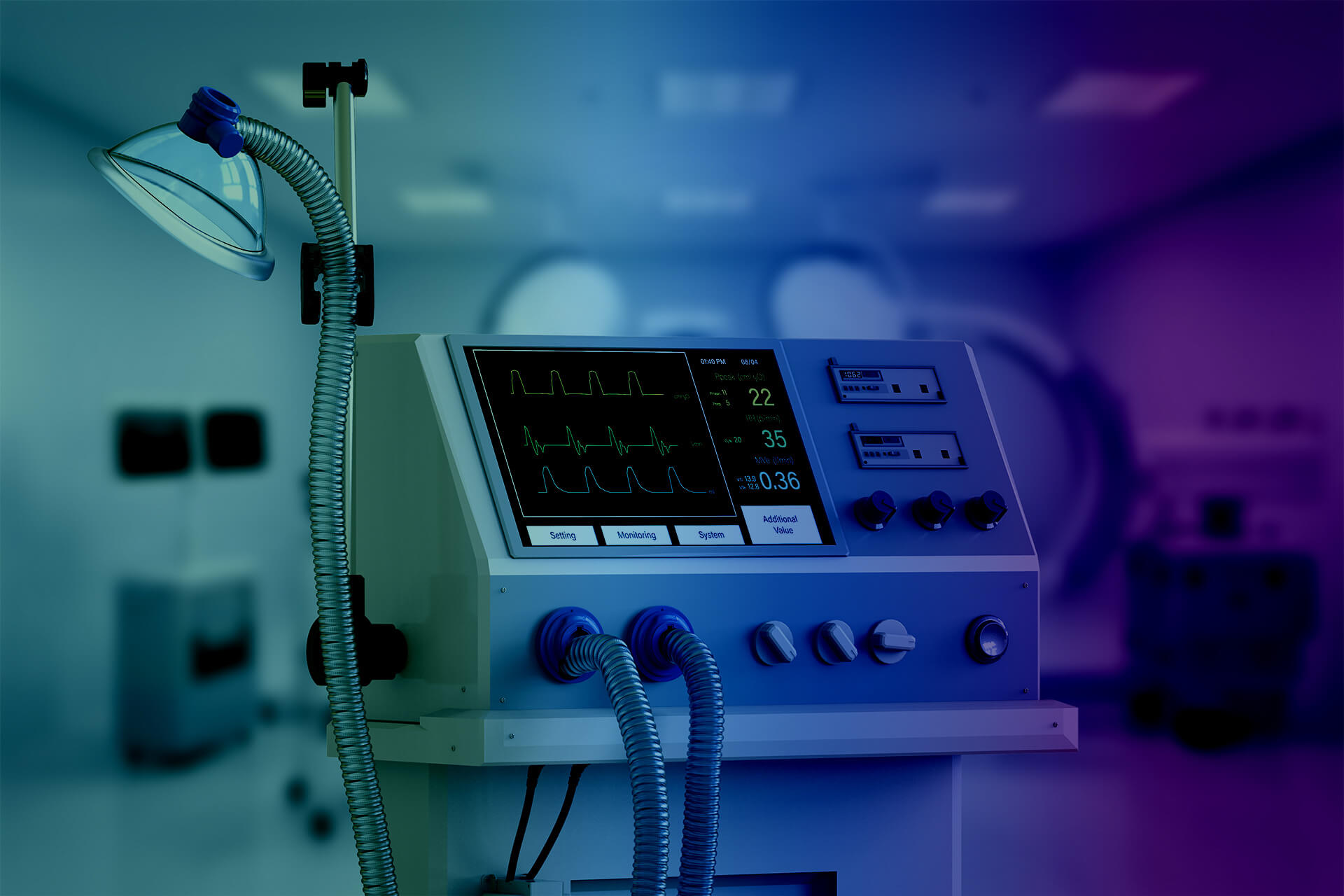Among the indispensable tools or devices for health today we find the ventilation devices for COVID-19 patients.
This has motivated us to write about what they are, how they work, what kind of ventilators are available. Moreover, we think it is convenient to talk to you about electrical safety in order to guarantee the good working of health centres.
What are patient ventilators?
They are simply mechanical ventilators for patients with breathing difficulties. A respirator is a machine that is electrically powered, that is why it is important to have good electrical safety to ensure that hospital facilities in critical areas can respond effectively to the electrical demand for these devices.
The artificial ventilator has a microprocessor that allows its control, and this can be of the following type:
- Electromagnetic
- Pneumatic
It replaces spontaneous pulmonary ventilation with mechanical ventilation to help people with respiratory failure, whether a severe or chronic condition.
Respiratory failure is one of the symptoms that can affect patients with COVID-19.

How do these ventilators work?
The ventilator has an air pressure system and its controls to operate it. Oxygen flows into the patient, and carbon dioxide flows out of the patient.
Air is supplied to the patient through a tube, via the respiratory tract. It also has a humidifier, which allows the air to be regulated by adapting it to the person’s body temperature.
Similarly, the ventilator is able to play sound and set off an alarm to alert the health care team if a change or repair is needed.
Its operation can be summarized as described below:
- It uses a turbine as a generator of the air flow
- It is connected to electrical power
- Also to an oxygen and air intake
- It makes a mixture of gases to introduce air into the lungs with the necessary oxygen concentration
- The mixture of gases is injected into the patient at a higher pressure than the atmospheric
It is important to note that ventilators are primarily used for patients who are in Intensive Care (ICU), but can also be portable, and ventilators are available for ambulances and emergencies.
Ventilation machines are also available for home use.
However, in an ICU (Intensive Care Unit), or any other critical area of a hospital where ventilators are used for patients, it is necessary to have an electrical safety system to prevent any problems or failures in the functioning of the ventilators.
What are they used for and when?
This kind of mechanical ventilator is needed when a person cannot breathe on his own, due to the severity of his condition.
It is used specifically for three purposes:
- First, to make sure the patient is getting enough oxygen, while at the same time removing carbon dioxide.
- Second, it is used after surgery, when a patient needs support to breathe once they have received a sleepy drug and their breathing has not yet normalized.
- Finally, if a person has an illness or injury and this causes difficulty in breathing, such as with COVID-19, they also need a ventilator. This may be for a short time, a few hours, days or weeks.
However, there are illnesses or injuries that can cause a person to need to be on a ventilator for months or even years.
Types of Ventilators
There are two types:
- NON-INVASIVE
The non-invasive ones are those applied to patients who present respiratory problems with less severity, they just put a mask adjusted to the mouth and nose, and they breathe without problems.
- INVASIVE
As for the invasive ones, they are the ones used when it comes to more serious problems. In this case, an intubation is made through the trachea.
Importance of electrical safety when using artificial respirators
For a better functioning of the artificial ventilators, and the whole hospital unit, it is important to have the evaluation, diagnosis and advice of experts in hospital electrical safety, who can also provide a strategy and its respective implementation for the optimization of such an important aspect.
In these cases, it is necessary to verify that the ventilators don’t cause any type of interference, so that they don’t affect other ICU equipment.

It is also ensured that they are able to effectively handle other interference that may occur in the environment. The electrical risks are minimized, and it is verified that no improper use or heating of the electrical system occurs.
On the other hand, it must be considered that, in the specific case of artificial respirators, a functional check is necessary, which means applying tests to their measurement sensors, in order to be sure about the precision and that there is an adequate regulation of the amount of air required by the patients.



